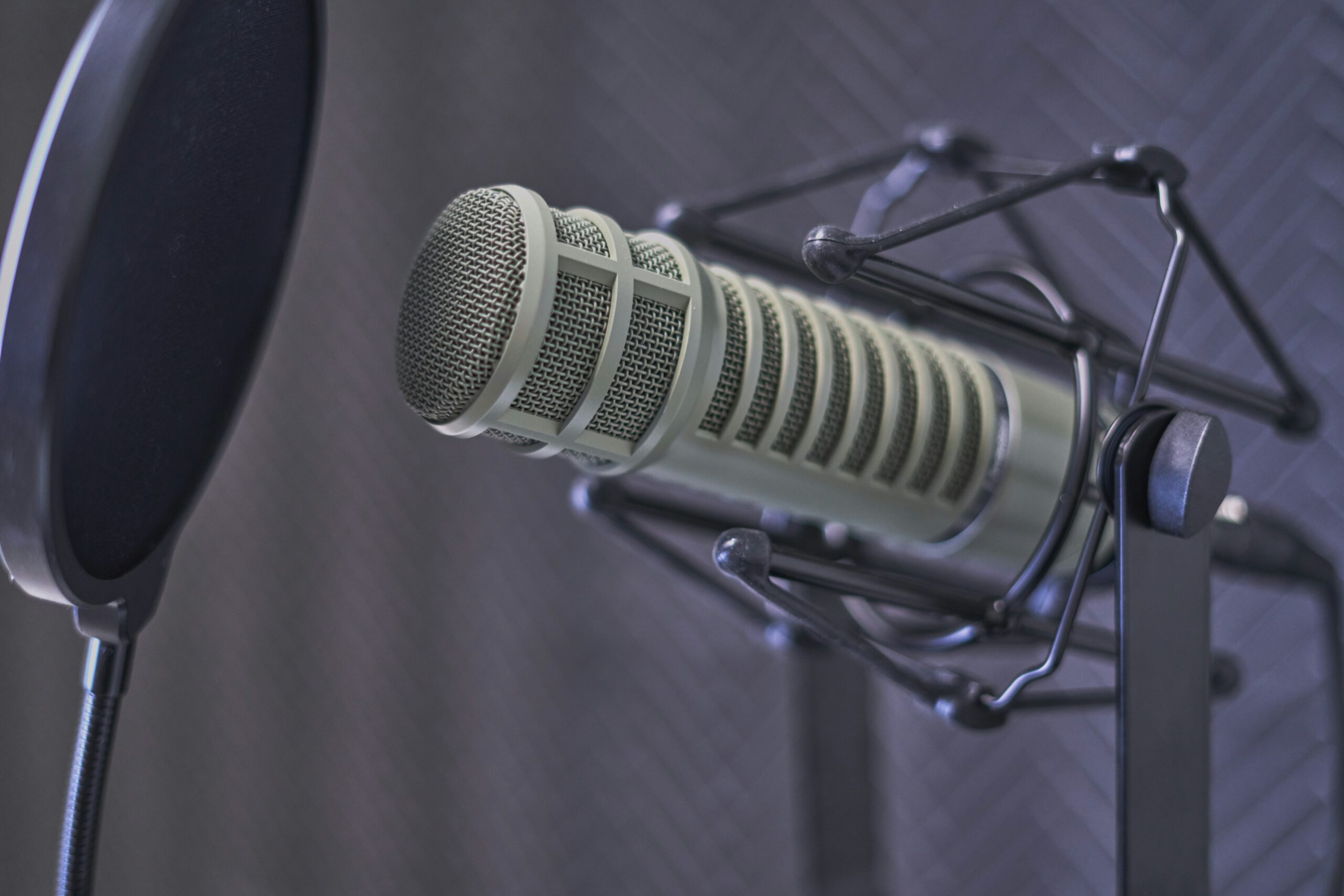Anyone who wants to record system audio on macOS – for webinars, online meetings, tutorials, or livestreams – quickly encounters a problem: macOS doesn't provide a simple built-in way to use internal audio output as an input source. This is exactly where BlackHole comes into play.
What is BlackHole?
BlackHole is a free open-source software that provides virtual audio devices on macOS. With BlackHole, you can route system audio in real-time to other applications – without quality loss and without additional hardware.
This makes BlackHole ideal for:
- Recording system audio (e.g., music, conversations, browser audio)
- Streaming and podcasting
- Audio routing between applications
- Webinars and online presentations
How does BlackHole work?
BlackHole creates a virtual audio device that acts as a bridge between audio sources and receivers. Think of it as an invisible cable connecting the audio output of one application to the audio input of another.
Step-by-Step Guide: Setting Up BlackHole
Step 1: Download and install BlackHole
Visit the official GitHub page:
👉 https://github.com/ExistentialAudio/BlackHole
Download the appropriate version:
- BlackHole 2ch – Stereo (for most use cases)
- BlackHole 16ch – Multi-Channel (for professional applications)
Install BlackHole by opening the downloaded PKG package and following the instructions.
Step 2: Configure audio sources
After installation, you need to create a so-called Multi-Output Device. This allows you to send audio to multiple outputs simultaneously (e.g., to your speakers and to BlackHole).
- Open the Audio MIDI Setup app (found in Applications → Utilities)
- Click the Plus icon (+) at the bottom left
- Select Create Multi-Output Device
- Activate both BlackHole and your default output devices (e.g., built-in speakers or headphones)
- Name the device (e.g., "BlackHole + Speakers")
Now you have a virtual output device that sends audio to both BlackHole and your speakers.
Step 3: Redirect system audio
Go to System Settings → Sound and select your newly created Multi-Output Device as the default output device.
From now on, system audio will be played through your speakers and also routed to BlackHole.
Step 4: Start recording
Open your preferred recording or streaming software (e.g., QuickTime Player, OBS Studio, Audacity, or Logic Pro) and select BlackHole as the audio input source.
Start recording – and your system audio will be captured!
Benefits of BlackHole
- Free and open source – No hidden costs
- No latency – Audio is routed in real-time
- High audio quality – Lossless transmission
- Flexible use – Works with all common audio apps
- Active community – Regular updates and support
Use cases
Here are some practical applications for BlackHole:
- Record webinars – Capture online presentations including audio
- Record online meetings – Perfect for Zoom, Teams, or Google Meet
- Livestreaming – Stream desktop audio directly to Twitch, YouTube, or other platforms
- Podcasting – Record interviews or conversations
- Audio routing – Route audio between DAWs (Digital Audio Workstations)
Conclusion
BlackHole is an essential tool for anyone who wants to record or route system audio on macOS. The software is easy to set up, free, and offers professional features without quality loss.
Whether for webinars, podcasts, livestreams, or simply recording desktop audio – BlackHole is the perfect solution.
👉 Download here:
https://github.com/ExistentialAudio/BlackHole
Good luck setting it up – and happy recording!
